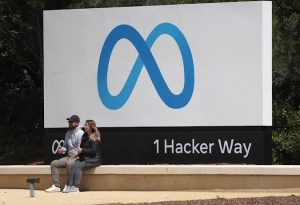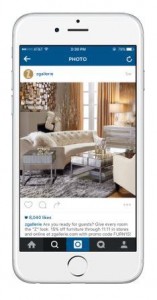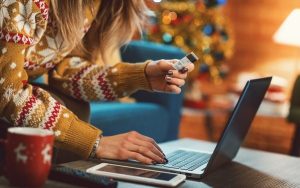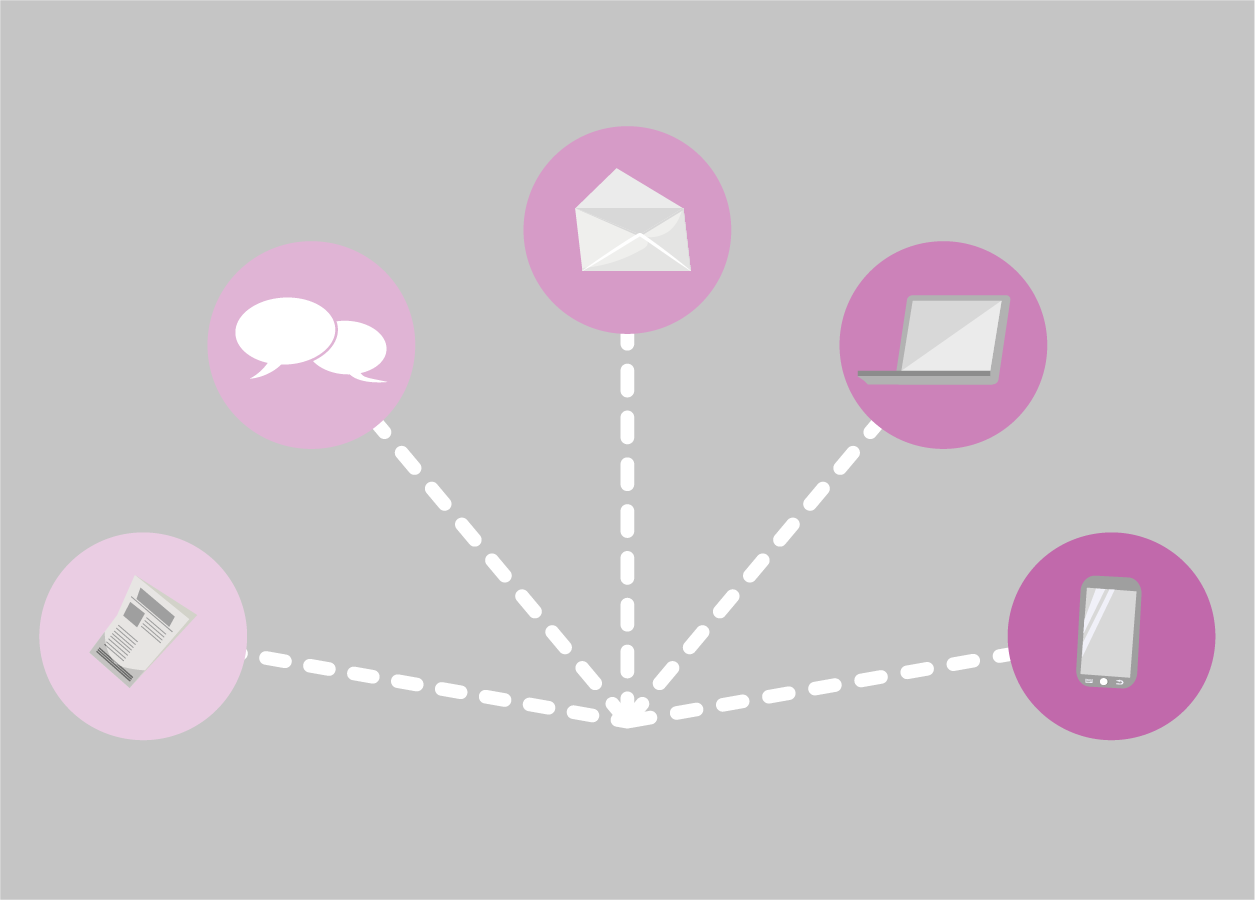
I must admit, I was concerned this article might appear self-serving. With the many inspiring stories of self-sacrifice, it is natural to contemplate our place in the crisis and to search for the greater meaning in our work. I have also witnessed many brands struggle – I’ve spent hours on video chats listening to executives describe the choices they are making each day because of COVID-19… business decisions that would have been unfathomable just a couple months ago.
It’s clear that for these companies and others across industries, these very challenging times are being compounded by a torrent of unpredictability. Each day of the pandemic brings dramatic changes in customer sentiment and behavior, supply chain accessibility, staff retention plans, business response strategies and future forecasts. Industry reports and predictions from two weeks ago are already stale.
In our temporary isolation, all types of companies – especially retail – are focusing their business plans on immediacy and fluidity, and moving nearly all of their consumer connections online. Brands are consciously and aggressively changing how they work to engage an angst-ridden population, while operating in a business environment that requires nearly daily planning. Amidst all this whiplash, staying abreast of change and rapidly adapting have become key to remaining relevant.
Many businesses, of course, are struggling. A few sectors are seeing heightened activity, though, during the pandemic – think groceries, electronics (e.g. computers), home goods (e.g., desks), home & garden, sporting goods (e.g., home gym equipment) and beauty. Many of these reported surges, however, will prove temporary.
The Role of Digital Experiences
Throughout the uncertainty and changes, what should now remain constant for brands is a strategic focus on digital experiences. Research VP Sheryl Kingstone of 451 Research puts it well: “This current crisis could place more emphasis than ever before on the growing primacy of the digital experience as we try to adhere to ‘social distancing’ requirements, but also increase the efficiency and effectiveness of meeting the immediate needs of thousands, if not millions. …In effect, this is forcing the evolution of the entire technology stack and organizational culture to enable real-time, contextually relevant experiences.”
As Kingstone notes, relevant, helpful digital engagements are becoming even more critical in today’s environment. Personalization drives this and provides a way to figuratively reach out and embrace customers, despite the social distancing, and show that you understand them. In a time of high anxiety and low-to-no face-to-face contact, customers know that they matter because the brands they love recognize them, and make them feel like they matter. And at Evergage, we’re finding great meaning in lessening the burden on our clients by helping them connect with their consumers.
Machine-learning driven personalization platforms like ours offer companies a unique opportunity to engage their consumers with relevant digital experiences, and automatically adjust to changing sentiment and behavior in real time. At the same time, that machine learning needs to be managed and guided by marketing staff who are likely experiencing the greatest challenges of their professional lives.
As companies examine every aspect of consumer interaction, and uncover new and innovative ways to engage people – wherever they are – we wanted to share a few valuable examples. There are many ways that retailers are leveraging technologies (Evergage and others) to communicate rapidly and effectively; alleviate their customers’ pain points; and deliver personalized experiences that fortify connections, help shoppers get what they need and want, and assure deliverability.
Key Themes in Personalization
There are a number of digital personalization techniques businesses can and should advance during this crisis, as we start to go back to our workplaces, and afterward – when growth accelerates. Examples include boosting available inventory and burying backorders, sharing lifestyle content, accelerating your “buy online, pick up in store” strategy, combining merchandising with machine learning as behaviors change, managing promotions, supporting bounce prevention, testing and optimizing experiences, deploying intelligent free-shipping offers, emphasizing future value over refunds, taking a measured approach to store reopening engagement, engaging in localized philanthropy, and providing at-home replenishment offers, just to name a few. Let’s expand on some of these key opportunities you should consider.
Boosting Available Inventory and Omitting Backorders
Nowadays, inventory levels are changing rapidly and unpredictably. Supply chain issues, manufacturing delays and warehouse challenges mean out-of-stock items that previously came back in-stock quickly may not be available for quite some time.
It’s always irritating for shoppers when they reach a “dead end” (such as an out-of-stock page). The feelings of frustration are amplified now, given heightened demand for some items and the ensuing scarcities. Using personalization, retailers can factor up-to-the-moment inventory and shifting consumer interests in their machine-learning-driven product recommendations, whether deployed on the web, in their mobile app or in outgoing emails (which can be updated at open-time). That way, consumers receive recommendations for items that are relevant to them, are not on backorder or require being drop-shipped, and can actually be shipped today.
You can also use personalization to boost products (such as those featured in on-site recommendations to shoppers) that have over a certain threshold of products available. This figure can be customized to key categories, and you can also ensure that items with limited inventory are not featured prominently across key points of interaction in email, in your app, on the web, etc. We’re also seeing retailers use personalization technology to omit drop-ship and backorder items on their product listing pages (PLPs). This helps to prevent site/app visitors from engaging with items that may be unavailable for immediate shipping.
Sharing Lifestyle Content
With many people still socially isolating at home and steering clear of unnecessary interactions, it’s more important than ever to not only display relevant products but also amplify content related to that particular product or category. This product-to-content curation strategy can help to increase site exploration, category/range awareness and conversion.
Skincare and beauty site Dermstore does this well, prominently featuring above-the-fold content and guides on its site. For example, the retailer provides “Sunscreen 101” expert advice, with articles and tips from dermatologists about choosing the best SPF for you, while also making it easy for visitors to shop and explore sunscreen products.
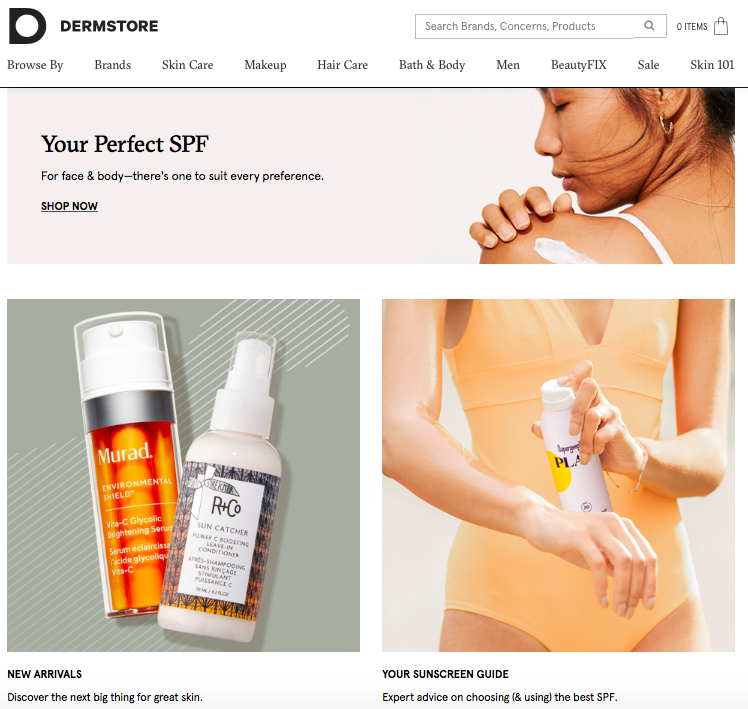
The sunscreen guide (above, bottom right) contains a collection of articles, including dermatologist-answered questions about sunscreen and home remedies to alleviate sunburn, as well as the most highly reviewed sunscreen products on the website in order to help educate interested shoppers about the category and drive product purchases.
Accelerating Your “Buy Online, Pick up in Store” Strategy
Many retailers are expanding or accelerating their “buy online, pick up in store” (or BOPIS) strategy as we transition to a phased re-opening. The first step is identifying which stores will be open and when, and sharing that information with local consumers. The challenge arises: how do you market BOPIS locations when BOPIS openings will be implemented in a phased approach?
Recently, Academy Sports + Outdoors observed increased interest in BOPIS products within the backyard entertainment category. Previously, a website visitor would have to scroll through the product category to determine if an item was BOPIS eligible. Evergage now powers a campaign which pre-selects the “Store Pickup” filter, enabling shoppers to see BOPIS availability in their saved store location.
Before:
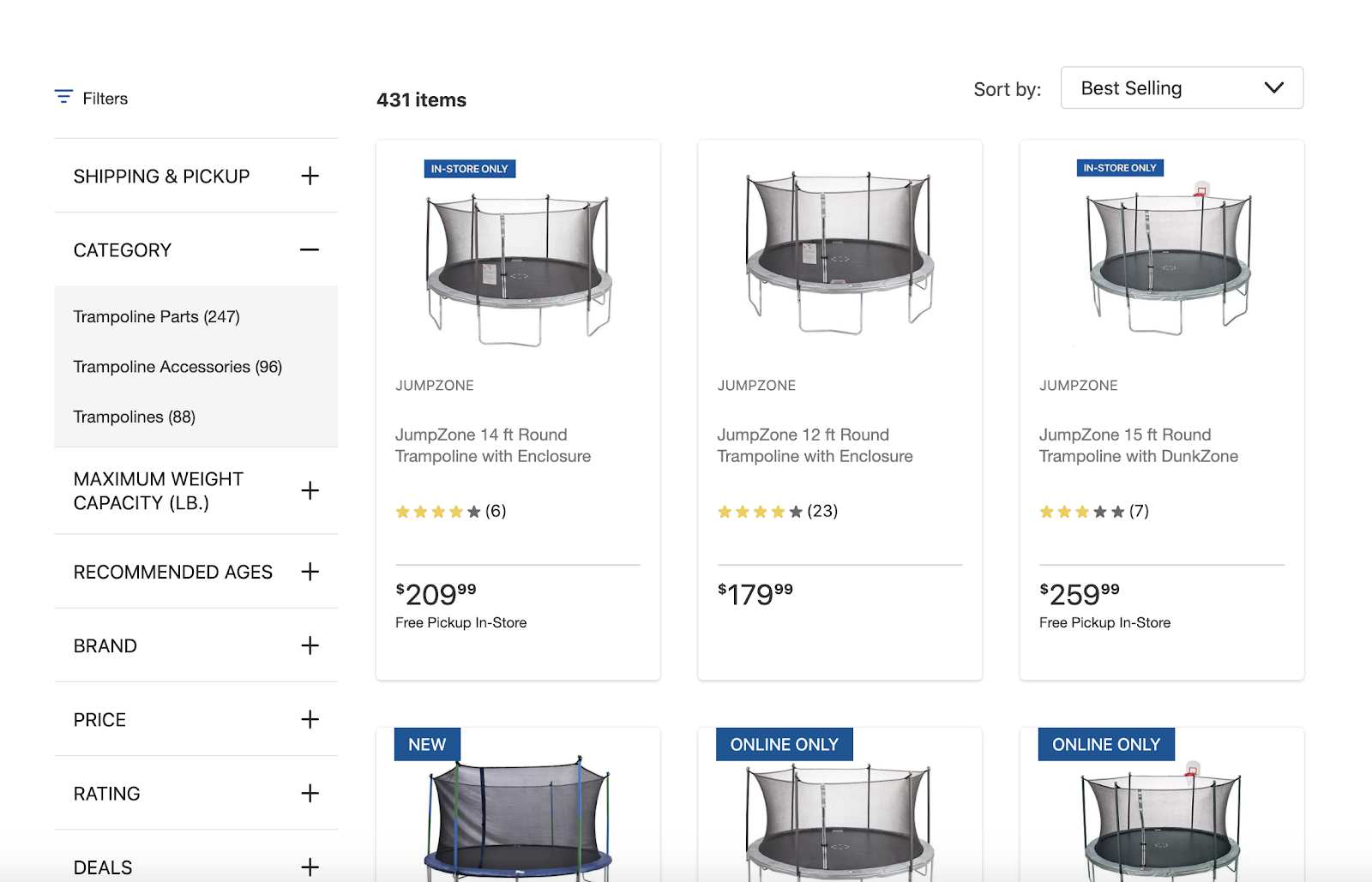
Previously, shoppers would have to scroll through the items within this category, click on any of the products shown, and then check each product detail page to determine whether an item was BOPIS-eligible. Shoppers could spend a good amount of time looking at a product before realizing it was not even available for BOPIS.
After:
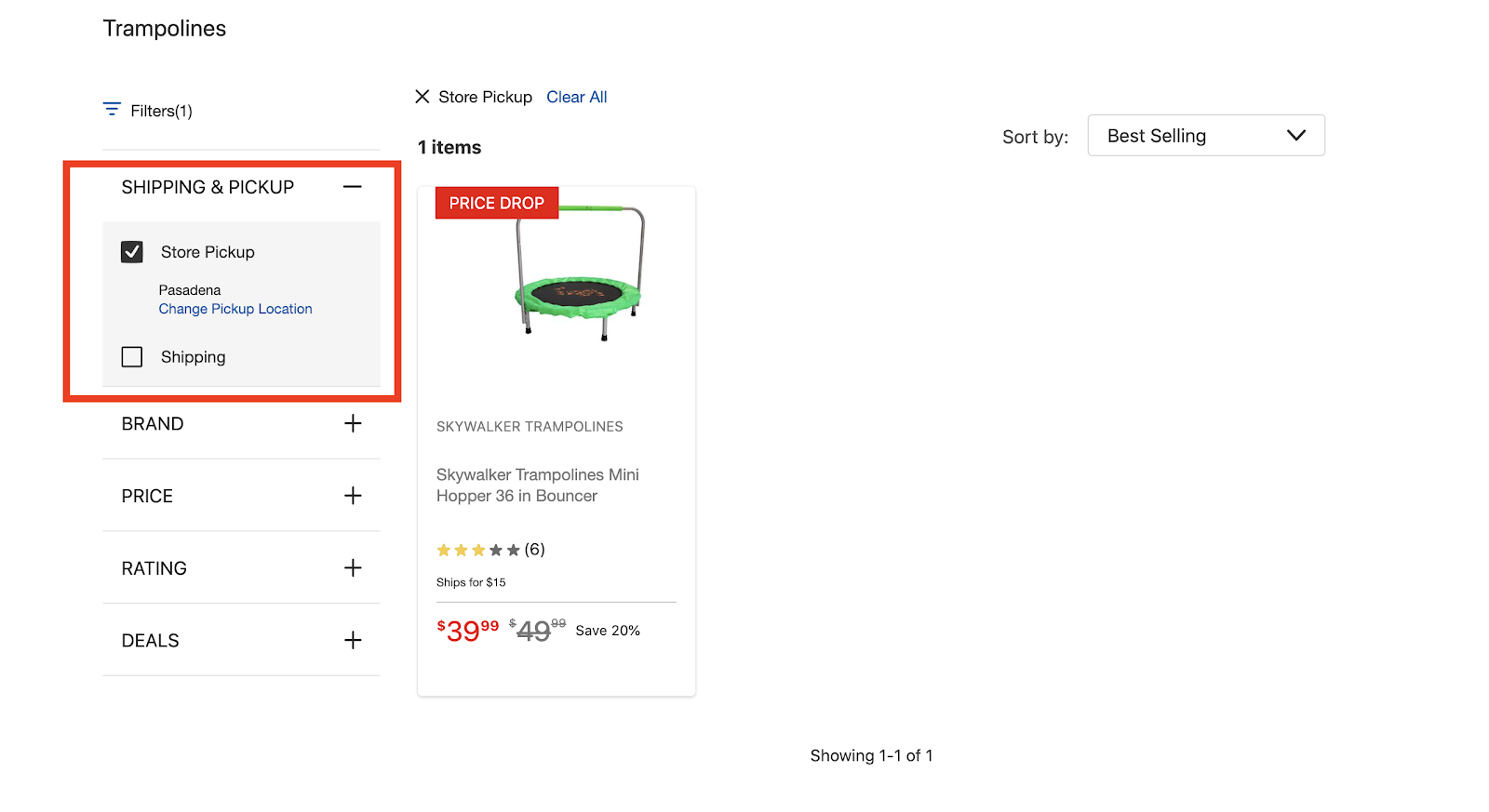
Now, it’s easy for shoppers to apply a filter to their searches to immediately see which items have a BOPIS option in their area, streamlining their shopping experience.
Combining Merchandising with Machine Learning As Behaviors Change
Undoubtedly, marketing campaigns in this era need to have extra scrutiny applied and more review cycles factored in. Showing empathy and togetherness is important. There’s also a fine line between exhibiting appropriate (and appreciated) levity, and being tone-deaf.
In addition, to take your content to the next level, consider that machine learning can detect behavioral patterns in a way humans can’t – delivering 1-to-1 relevance at scale in, for example, promotions and product recommendations. Algorithms can adapt to changing behaviors in the moment too. For example, a previous shopper of high-end fashion items may be more interested in casual, comfy leisure clothes or casual-but-professional video-conference-appropriate wear. At some point, too, that shopper may be returning to the office and want business attire again. All digital experiences should reflect that person’s changing preferences (as evidenced from their recent browsing behavior; buying habits; brand, department or category interests; etc.) and adjust to further changes in behavior in real time.
Online men’s retailer Huckberry provides numerous examples of marketing and machine learning done well – engaging shoppers with relevance (e.g., socializing employees’ own work-from-home set-ups) and tying compassion into the products they recommend (e.g., “when you purchase the 72-hour tee donation bundle, you’ll get your own tee, and we’ll donate one to a frontlines worker on your behalf”). They’ve also successfully established a dialog around “the new work clothes” (sweats and other athleisure wear) and the work-from-home mullet (“business up top, sweats on the bottom”).
See a few email examples below:
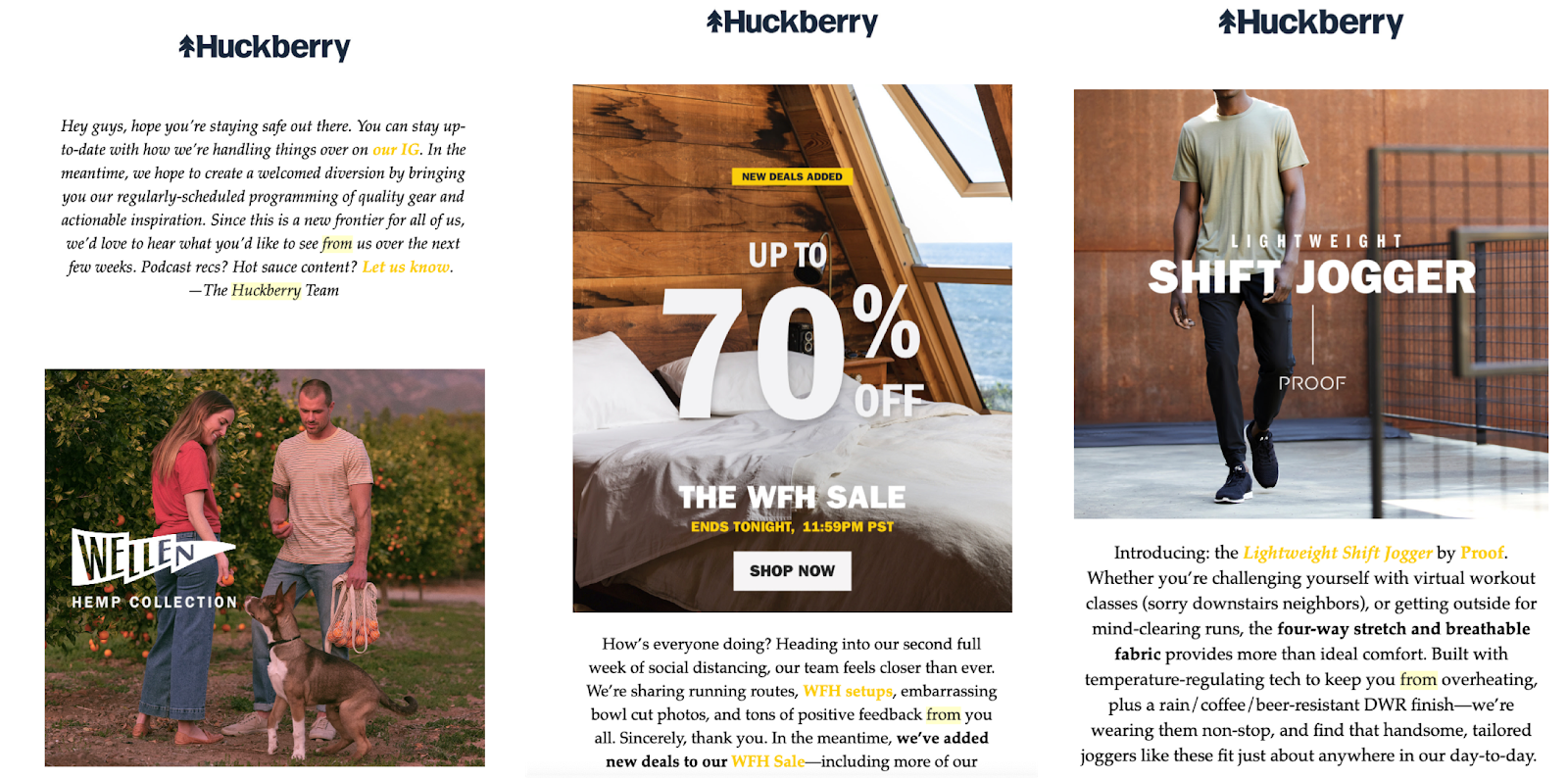
The campaign above highlights work-from-home items (comfy clothes, bedsheets, etc.) in a humorous, sensitive and intelligent way. Recommendations are updated at open-time, so recipients see what’s most relevant to them (and what they haven’t seen before), right as they engage with the email.
For many marketers, it is important not to rely on machine learning alone. Combine the math with your marketing instincts, experience and business needs. The most impactful personalization is human-guided – giving marketers insight into and control over the math that powers their campaigns.
Managing Promotions
For retailers now, there’s a marked focus on rapidly securing sales and fulfilling orders. The prevailing strategy is often aggressive, deep discounting – and a lot of it. In the weeks ahead, though, as even more business moves online, managing markdowns will become more common and strategic.
Personalization engines that apply advanced machine learning can help with dynamic offer management, based on the individual customer. For example, free shipping might incent most customers to make a purchase; another subset, though, could find specific promotions like discounts on select styles, single-day deals or buy-one, get-one offers more compelling. Machines can pick up on these cues at scale, in a way humans cannot, to drive more discovery and conversions.
In the example below, a luxury retailer uses machine learning to identify customers who may need promotional offers to get them to convert – and then tailors the promotion displayed to eligible customers, based on their affinities.

Here, a free shipping promotion is displayed to specific customers who qualify. The luxury retailer features promotions like this throughout its site and app, in key points of interaction like the product detail pages (PDPs), cart and homepage. By using machine learning to tailor promotional experiences to customers who need them to convert, the retailer is able to strategically leverage promotions when applicable to the customer (vs. targeting all shoppers with promotional messaging).
Supporting Bounce Prevention
Bounce prevention has always been important for retailers. In today’s climate, it’s especially strategic for those companies that sell commodity-type items that are available through other sites.
To help close transactions as quickly as possible, e-commerce teams should show messages to shoppers who display exit-intent behaviors (moving the cursor to exit a page, highlighting/copying a price – presumably to comparison-shop, etc.). These messages could be promotional offers, free shipping reminders, information about flexible return policies and more.
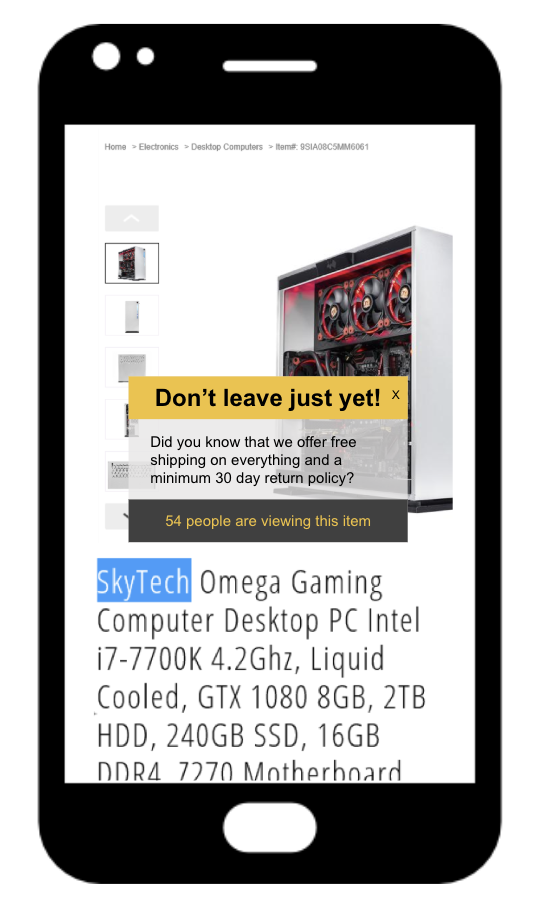
Here’s a mobile example of an effective bounce prevention message. As a shopper highlights a product name and is about to leave, a message pops up to persuade the shopper to make the purchase there (notifying them of free shipping and a 30-day return policy).
Testing and Optimize Experiences
We always recommend using our platform to test, compare and optimize digital experiences. Now more than ever, retailers should consider testing their personalization strategies, campaigns and experiences to see what resonates best among various audiences and maximizes discovery, experience and conversions. (Our advice is to test/measure, refine and then measure again.)
What’s Next?
In the midst of these troubling times, it’s been inspiring to see how a number of companies are pitching in to make a difference, and thinking creatively, precisely and deeply about how to drive customer connections during the pandemic.
Many are also pivoting to new ways of running their businesses (being impelled, for example, to translate in-store practices such as personal shoppers and shopping advisors into equivalent online options). To be successful, these changes in mindset need to be accompanied by support for (at the leadership- and infrastructure-level) a digital-first posture. Many retailers have already undergone digital transformations; many others are rising to the challenge under the most difficult of circumstances.
In addition, we’re already seeing a focus on extended planning – not just on “How do we get through this?” but “What happens next?” and “How many phases of recovery will we experience?” While much remains unknown, a silver lining is that the business agility, creativity, planning and technology best practices displayed will persist even after the crisis has abated.
Digital & Social Articles on Business 2 Community
(43)

